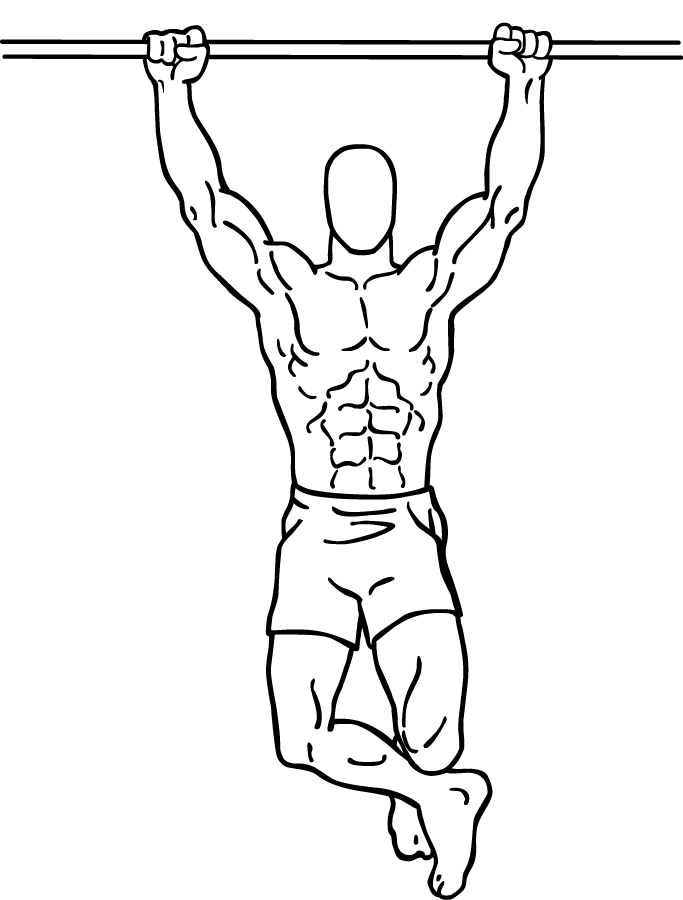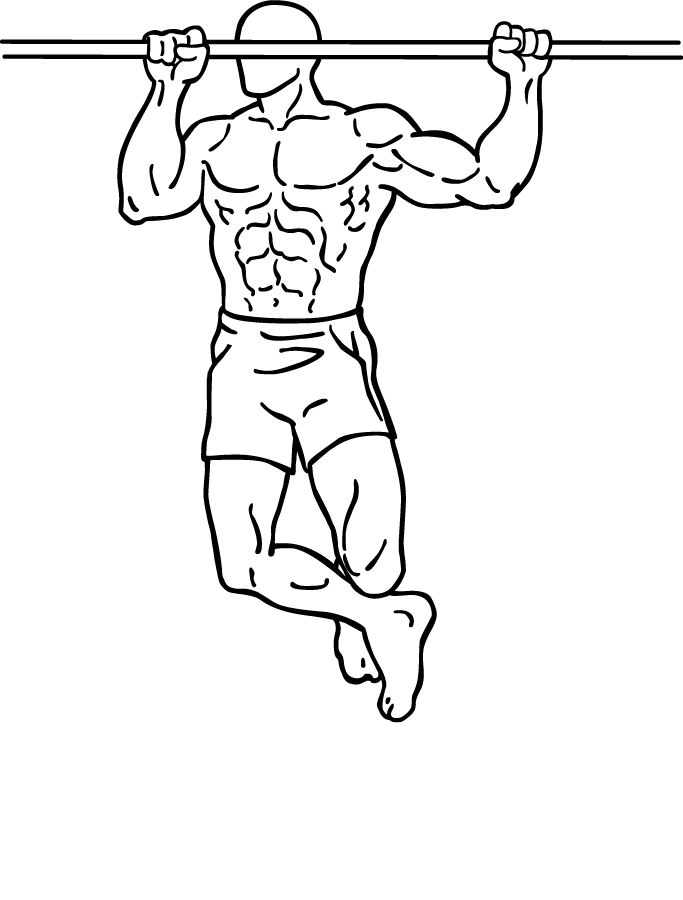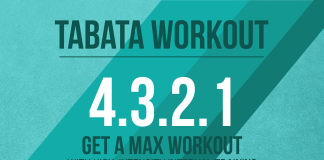Last Updated on September 30, 2022
Rock climbing requires immense strength, endurance, and control, particularly in the upper body. One of the best exercises to help develop this strength is the climbers chin up. This variation of the traditional chin-up is tailored for rock climbers because it targets muscles that are crucial for pulling your body weight upward, which is essential when you’re scaling a rock face.
In this comprehensive guide, we’ll explore the climbers chin-up in depth, covering its benefits, the muscles it targets, how to perform it correctly, and some essential tips to maximize your training. Whether you’re an experienced climber or just starting, adding this exercise to your routine will help you become a stronger, more capable rock climber.
What is a Climbers Chin-Up?
The climbers chin-up is a modified version of the basic chin-up, designed to mimic the demands of rock climbing. Unlike the standard chin-up where you pull yourself straight up, this variation involves pulling your body up to one side of the bar and then alternating to the other side. This shift in movement targets the upper body muscles in a more dynamic and functional way that resembles the actions performed during rock climbing.
By incorporating side-to-side movement, climbers chin ups enhance your ability to pull yourself laterally, which is a common action when climbing. This exercise strengthens not only your biceps but also your back, shoulders, forearms, and core, helping to create a well-rounded upper body.
Benefits of Climbers Chin Ups for Rock Climbers
There are many benefits of adding climbers chin ups to your workout routine, especially if you are a rock climber. Here are a few key advantages:
- Increased Upper Body Strength: Climbers chin ups target the biceps, latissimus dorsi (lats), trapezius, and rhomboids, which are all crucial for pulling movements. These muscles are heavily used during climbing, especially in situations where you need to pull your body upward.
- Improved Grip Strength: One of the most critical elements of successful climbing is grip strength. The side-to-side movement in climbers chin ups places extra emphasis on your forearms and grip, helping you build the endurance to hold on to various rock holds for longer periods.
- Enhanced Core Stability: As you pull your body up to one side and alternate to the other, your core has to work hard to stabilize your torso. This activation strengthens your core muscles, which are essential for maintaining body control while climbing.
- Better Functional Movement: The unique movement pattern of climbers chin ups closely mimics the climbing motion, making it a functional exercise that can directly translate into improved performance on the rock wall.
- Balanced Muscle Development: The alternating side-to-side movement helps prevent muscle imbalances by ensuring that both sides of your upper body are worked equally.
Muscles Worked by Climbers Chin Ups
When performing climbers chin ups, multiple muscle groups are engaged to stabilize and pull your body weight. The primary muscles involved include:
- Biceps: Your biceps are the main muscle group responsible for pulling your body up. In this exercise, they work hard as you pull yourself up to either side of the bar.
- Latissimus Dorsi (Lats): These large muscles in your back are heavily activated during the pulling motion, contributing to the lift and helping to stabilize your body.
- Trapezius and Rhomboids: These upper back muscles help support your shoulder blades during the movement, providing stability and strength.
- Deltoids: The deltoid muscles in your shoulders are activated to help raise your body upward and to the side of the bar.
- Core Muscles: Your abs, obliques, and lower back muscles work to stabilize your torso as you shift your body from side to side.
- Forearms and Grip Muscles: The dynamic nature of climbers chin ups places significant stress on your forearms and grip, helping to build strength and endurance in these areas.
How to Perform Climbers Chin Ups
Now that you understand the benefits and muscles targeted by climbers chin ups, it’s time to break down the steps for performing this exercise correctly.
Step-by-Step Instructions:
- Grip the Bar: Begin by grasping a chin-up bar with a slightly wider than shoulder-width grip. Your palms should be facing you (underhand grip), which is typical for chin ups.
- Hang with Control: Let your body hang straight down from the bar, ensuring that your arms are fully extended and your core is engaged to prevent swinging.
- Pull to One Side: As you pull yourself up, shift your body slightly to one side of the bar. Focus on using your lats and biceps to perform the pulling motion. Your chin should come close to the bar, ideally on the side you are pulling toward.
- Lower with Control: Slowly lower your body back down to the starting position, making sure to keep control throughout the movement.
- Pull to the Other Side: Once you’ve lowered yourself, pull up again, this time shifting your body to the opposite side of the bar.
- Repeat the Movement: Continue alternating sides with each repetition, ensuring that you are engaging the correct muscles and maintaining control.
Tips for Mastering Climbers Chin Ups
While the climbers chin-up is an effective exercise, it can be challenging, especially for beginners. Here are some essential tips to help you master this movement:
- Start with Basic Chin Ups: If you’re new to chin ups, it’s a good idea to build your strength with regular chin ups before attempting the climbers variation. Focus on developing good form and control with the standard chin-up first.
- Use Assistance if Necessary: If you struggle to perform climbers chin ups with your body weight alone, consider using a resistance band for assistance. Loop the band around the bar and place one foot inside it to reduce the load on your arms.
- Engage Your Core: Proper core engagement is critical for stability during climbers chin ups. Focus on keeping your core tight and avoiding excessive swinging.
- Hang Completely Between Reps: Ensure that you fully extend your arms and hang straight down between each repetition. This ensures that you are working through the full range of motion and preventing momentum from taking over.
- Control Your Movement: Focus on slow and controlled movements both when pulling yourself up and when lowering back down. Rushing through the exercise can lead to poor form and increase the risk of injury.
- Increase Reps Gradually: As you get stronger, gradually increase the number of repetitions you perform. Aim for 3 sets of 8-12 reps on each side to build strength and endurance.
- Incorporate into Your Climbing Training: To get the most benefit from climbers chin ups, incorporate them into your regular climbing training routine. Aim to perform them 2-3 times per week, giving your muscles enough time to recover between sessions.
Variations and Progressions
Once you’ve mastered the climbers chin-up, you can add some variety to your training with these progressions and variations:
- Weighted Climbers Chin-Ups: If you’re looking to increase the intensity of this exercise, consider adding weight by using a weighted vest or holding a dumbbell between your feet.
- Towel Climbers Chin-Ups: For an extra grip challenge, drape a towel over the bar and hold onto the towel ends instead of the bar itself. This will further engage your grip and forearm muscles.
- Explosive Climbers Chin-Ups: To develop power and explosiveness, try performing explosive climbers chin ups. Focus on pulling yourself up quickly and lowering yourself with control.
- Slow Eccentric Climbers Chin-Ups: Increase the time under tension by lowering yourself very slowly during the eccentric phase of the exercise (the lowering portion). This variation will help build strength and muscle endurance.
Common Mistakes to Avoid
Here are a few common mistakes to watch out for when performing climbers chin ups:
- Using Momentum: One of the biggest mistakes people make with this exercise is relying on momentum to pull themselves up. Focus on controlled, deliberate movements to maximize the benefits.
- Not Fully Extending Arms: Make sure to fully extend your arms between reps. This ensures that you’re working through the full range of motion and getting the most out of the exercise.
- Swinging the Body: Avoid excessive swinging during the exercise. Engage your core to help keep your body steady and controlled.
- Neglecting Form as You Tire: As you get tired, it’s easy to let your form deteriorate. Be mindful of your posture and movement throughout the entire set to avoid injury.
Conclusion
The climbers chin-up is a challenging yet rewarding exercise that offers tremendous benefits for rock climbers. By targeting key muscles used in climbing and improving your strength, grip, and endurance, this exercise can help elevate your climbing performance. Whether you’re a beginner or an experienced climber, incorporating climbers chin ups into your workout routine will enhance your strength and control on the rock wall.
Take the time to master this movement, progress at your own pace, and enjoy the benefits it brings to your climbing. Consistency is key, so stay dedicated, and you’ll see improvement in both your chin-up strength and your climbing ability.


Exercise images by Everkinetic.






